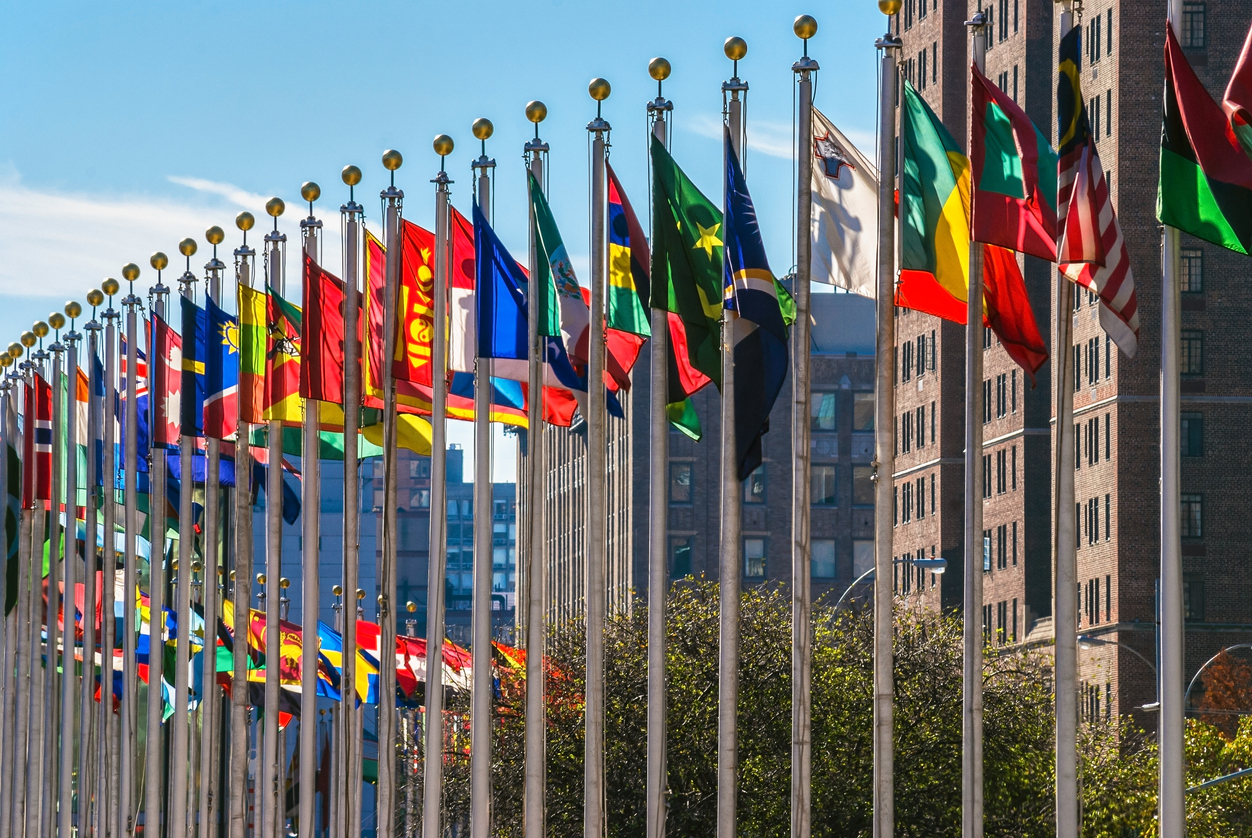International human rights law has always vacillated between expressing utopian ideals and apologizing for actual state conduct, and the UN human rights treaty bodies’ individual complaints procedures are no exception to this rule. Yet research suggests that there is cause for cautious optimism.
On the one hand, the treaty bodies’ procedures represent one of the most encompassing systems of individual human rights protection in terms of both geographical access and rights coverage. On the other hand, whether victims of human rights violations can hope to obtain some measure of individual justice through these mechanisms depends mainly on whether and how the respondent states choose to effectively implement these decisions. However, state commitment to these procedures remains shallow, and the non-bindingness of treaty bodies’ decisions is widely regarded as an impediment to state compliance.
The expectation that states will cooperate with these mechanisms may seem particularly naïve in times of backlash and state disengagement from the international human rights system more generally. The recent walkout of the Burundi delegation during their review before the Human Rights Committee is but one illustrative example of how states increasingly refuse to cooperate with the treaty bodies. But all too often such grim accounts fall flat when tested against public opinion. Amid frequent calls for the revitalization or reform of the UN treaty bodies, it seems pertinent to take stock of their prior success in changing state behavior.
So, what exactly is the level of state compliance with the decisions of the treaty bodies? To answer this question, Andreas von Staden and I have gathered data on over 1,400 adverse decisions—i.e., the quasi-judicial decisions in which a violation of one or more treaty provisions has been established—that the eight treaty bodies with jurisdiction of petitions have issued between 1979 and 2019. We created compliance scores for each view based on the written information on implementation provided by the respondent states and the applicants during the treaty bodies’ follow-up procedures. We found that within this period—and depending on factors such as whether compliance is seen as a binary or continuous phenomenon—overall state compliance with views ranges between 19 and 39%.
Is a compliance rate of roughly one-third good or bad news for human rights? Are we dealing with a glass that’s one-third full or two-thirds empty? To answer this question, it is useful to look at the regional human rights courts for reference. Here, we find that compliance with treaty bodies’ decisions is lower than the 50–60% compliance with human rights judgments that researchers have found for the European system but higher than the 14% for judgments of the Inter-American Court of Human Rights. So, when it comes to compliance with their individual complaints procedures, the treaty bodies do not need to avoid comparisons with the two most powerful human rights courts.
What is more, non-compliance often results from managerial hurdles, not states’ unwillingness to take remedial action. For example, we found that in the case of the treaty bodies, the remedial measure with the lowest implementation rate is the provision of financial compensation—the same measure that states most readily comply with under regional systems. Why do states fail to do so following treaty bodies’ decisions? The answer may lie in the fact that, in contrast to some regional courts, most UN committees rarely specify the amount to be paid to the applicant(s). This lack of precision creates uncertainty as to what needs to be done and thus invites non-compliance.
Looking at state-level factors, we found that the high quality and independence of the respondent state’s public administration sector are associated with the greater and faster implementation of individual measures aimed toward victim restitution. When this feature is paired with a free and independent civil society in which human rights defenders are able to put pressure on the government, the chances of compliance increase substantially. This finding implies that compliance is not confined to one particular world region. Among the top compliers in our dataset are European states, such as Switzerland and Finland; Latin American states, such as Uruguay and Panama; and African states, such as Sierra Leone and Namibia.
Further, we could not detect any signs of larger trends of disengagement in the form of non-compliance in recent years. After a decline during the early 2000s, when the treaty bodies notably increased their output, compliance rates quickly recovered in the early 2010s and since then plateaued at around 40%.
Of course, all this means that the majority of views remain pending and will probably never achieve full compliance. It is evident that the system faces major challenges, even beyond the question of effective implementation, such as backlogs in the examination of cases and limited outreach to victims. Yet, I would argue that the empirical insights also allow for cautious optimism, indicating that 1) states change their behavior in response to treaty body decisions, regardless of geographic location; 2) states would comply even more often if certain preconditions were met; and 3) compliance is not diminishing despite the increasingly confrontational tone adopted by certain governments.
Seeing the glass as one-third full instead of two-thirds empty means acknowledging that in a considerable number of cases, the treaty bodies have made a noticeable difference at least for the victims of the violations—if not more generally for human rights in those countries.

